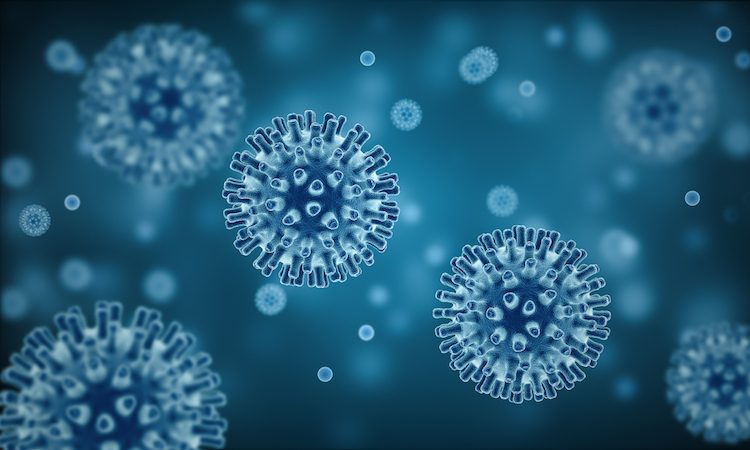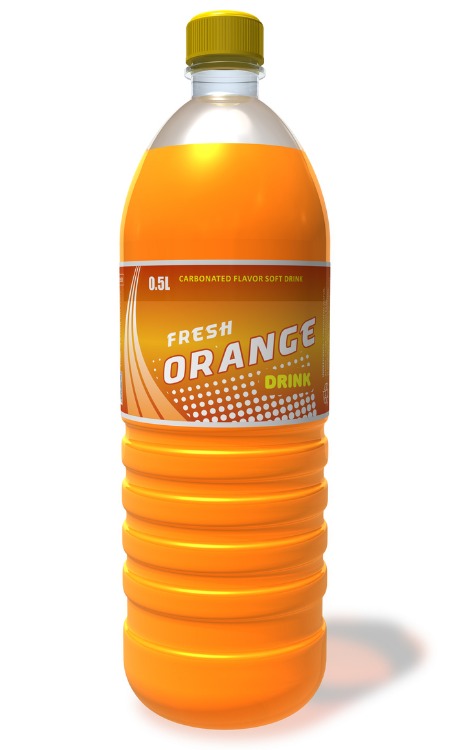Plastic-Eating Bacteria Shows the Future of Recycling
August 31, 2018

You saved room for dessert, but did you save room for edible packaging? Innovators have found clever ways to reduce our reliance on plastics and turn packaging into part of the meal — whether it’s made from living bacteria and yeast or from barley and wheat. Nature, meanwhile, is doing some work of its own, and today we’re dipping into the world of biology to uncover how life finds a way.
Back in 2016, Japanese scientists made a breakthrough discovery: a bacteria that eats plastic. The bacteria is named Ideonella sakaiensis 201-F6… but we’re going to call it Nella for short. Nella was found in a bottle-recycling facility and secretes an enzyme that just might change how plastics are manufactured and recycled.
The plastics in question are PET — #1 plastics for those of you recycling at home. PET is one of the most-used plastic types on the planet and is found in a variety of consumer products that you likely use every day. Scientifically speaking, the bonds between PET’s molecules are incredibly strong, but they’re no match for Nella’s hunger.

The soda’s all yours, but Nella calls dibs on the bottle.
“If you put a bacteria in a situation where they’ve only got one food source to consume, over time they will adapt to do that,” suggests microbiology Professor Enzo Palombo of Swinburne University. The enzyme that Nella secretes is capable of breaking PET down into two environmentally friendly byproducts — all in a period of just six weeks. But the story gets better.
Since Nella’s discovery, scientists have been tinkering with the plastic-eating enzyme to see what makes it tick. Through sheer accident, they’ve caused the enzyme to mutate into a stronger version of itself. To put things in perspective, plastic begins to naturally decompose after a few hundred years. This souped-up version of Nella’s enzyme kickstarts that process in a number of days.
“It means we won’t need to dig up any more oil and, fundamentally, it should reduce the amount of plastic in the environment,” explains Professor John McGeehan of the University of Portsmouth, UK. Breaking plastic down to its original components could create a circular system in which we can continue using plastics with a massively reduced impact on the environment. All thanks to one microscopic recycler.
Responsible material usage and proper recycling is the foundation of Ernest Packaging Solutions, and it’s reassuring to know that Mother Nature is doing its best to help our endeavors. Read more on how the packaging industry is blazing a trail toward a sustainable future with plastics.


